Every year, U.S. healthcare providers spend over $122 billion on generic medications. That’s 90% of all prescriptions filled-but only 25% of total drug spending. How is that possible? The answer lies in bulk purchasing. When clinics, urgent care centers, and state programs buy generic drugs in large volumes, they unlock discounts that can slash costs by 20% or more. But it’s not as simple as ordering more. There are layers to this system-wholesalers, rebates, short-dated stock, and state coalitions-that most people don’t see. And if you’re not using them right, you’re leaving money on the table.
How Bulk Buying Actually Saves Money
Generic drugs aren’t cheap because they’re low quality. They’re cheap because the patent expired. Once a brand-name drug loses exclusivity, multiple manufacturers can make the same pill. That drives competition. But competition alone doesn’t lower prices. Volume does.
When a clinic orders 1,000 units of amoxicillin instead of 100, the manufacturer doesn’t have to run the same setup, packaging, and shipping process over and over. They save time, labor, and logistics. Those savings get passed down. Direct discounts off the invoice typically range from 5% to 15% for orders over 1,000 units. For orders over 10,000 units-like what a state Medicaid program might buy-the discount can hit 20% to 30%.
But the biggest savings don’t come from the invoice. They come from rebates. Pharmacy Benefit Managers (PBMs) negotiate deals with drugmakers: if a pharmacy sells 100,000 bottles of metformin in a year, the manufacturer pays back a percentage-often 15% to 40%. The problem? PBMs don’t always pass that money to the buyer. Research shows only 50% to 70% of those rebates actually reach the provider or patient. The rest stays with the PBM.
Who’s Getting the Best Deals?
Not everyone has the same access to discounts. The big players-McKesson, Cardinal Health, and AmerisourceBergen-control 85% of the U.S. pharmaceutical distribution market. But they’re not the cheapest option for small clinics.
Secondary distributors like Republic Pharmaceuticals have carved out a niche by targeting providers who need bulk generics without the red tape. These companies buy directly from manufacturers, sometimes in massive quantities, then resell smaller batches to clinics. Their discounts? Often 20% to 25%. That’s two to three times what primary wholesalers offer.
State programs are another story. Multi-state buying pools like the National Medicaid Pooling Initiative (NMPI) and the Sovereign States Drug Consortium (SSDC) combine the purchasing power of dozens of states. Individually, a single state might get a 1% to 2% discount. Together, they get 3% to 5%. In 2023, these pools saved over $99 million in drug costs since 2016. That’s real money-money that helps cover care for low-income patients.
Short-Dated Stock: The Hidden Goldmine
Here’s something most providers overlook: medications with 6 to 12 months left on their expiration date. These aren’t expired. They’re not defective. They’re just sitting in warehouses because someone overordered. Secondary distributors buy these in bulk-sometimes thousands of vials at a time-and sell them at 20% to 30% off.
A Texas urgent care center switched 60% of its lidocaine and antibiotic orders to short-dated stock. Within two months, their injection costs dropped 20%. An Ohio clinic cut injectable expenses by 25% in just one quarter. The catch? You need to track expiration dates closely. One bad batch of expired insulin or epinephrine can cost more than the savings.
Successful clinics dedicate 5 to 10 hours a month to inventory checks. They use simple spreadsheets or low-cost software to flag meds that will expire in 90 days. They order in quarterly batches instead of monthly. That way, they’re not stuck with too much stock, and they’re not running out. One clinic in Florida reported zero stockouts while saving 20%-all by managing short-dated inventory smartly.

What Works-and What Doesn’t
Bulk purchasing shines with high-volume, low-cost generics: antibiotics, saline, lidocaine, metformin, atorvastatin, corticosteroids. These are the drugs you use every day. They’re stable, easy to store, and rarely subject to shortages.
But it fails in two big cases.
First, low-utilization drugs. If your clinic only prescribes one or two vials of a rare medication per year, buying 10,000 units won’t save you anything-it’ll just tie up cash and fill your storage closet.
Second, during drug shortages. The FDA tracked 298 active generic drug shortages as of November 2023. When a medication is in short supply, manufacturers stop offering discounts. They prioritize big buyers who’ve signed long-term contracts. Small clinics get squeezed. That’s why smart providers don’t rely on just one supplier. They keep relationships with both primary wholesalers and secondary distributors. That way, if one runs out, they’ve got a backup.
The Hidden Costs of Bulk Buying
It’s not all savings. There are trade-offs.
First, cash flow. Buying 5,000 units of amoxicillin upfront means paying $15,000 instead of $1,500. That’s a big jump in working capital. Many small practices struggle with this. A 2023 MGMA survey found 35% of urgent care centers said minimum order requirements forced them to buy more than they needed.
Second, complexity. Managing multiple suppliers means more invoices, more delivery schedules, more inventory tracking. One provider on Reddit said switching to a secondary distributor saved them 18%-but added 12 extra hours a month to their admin work.
Third, transparency. Rebates are a black box. You don’t know how much the PBM kept. You don’t know if the “discount” you’re getting is real or just a list price that was inflated to begin with. That’s why new rules are coming. The Inflation Reduction Act will force Medicare to negotiate prices directly with drugmakers-starting in 2026. Those negotiated prices are projected to be 38% to 79% lower than list prices. That could shake up the whole rebate system.
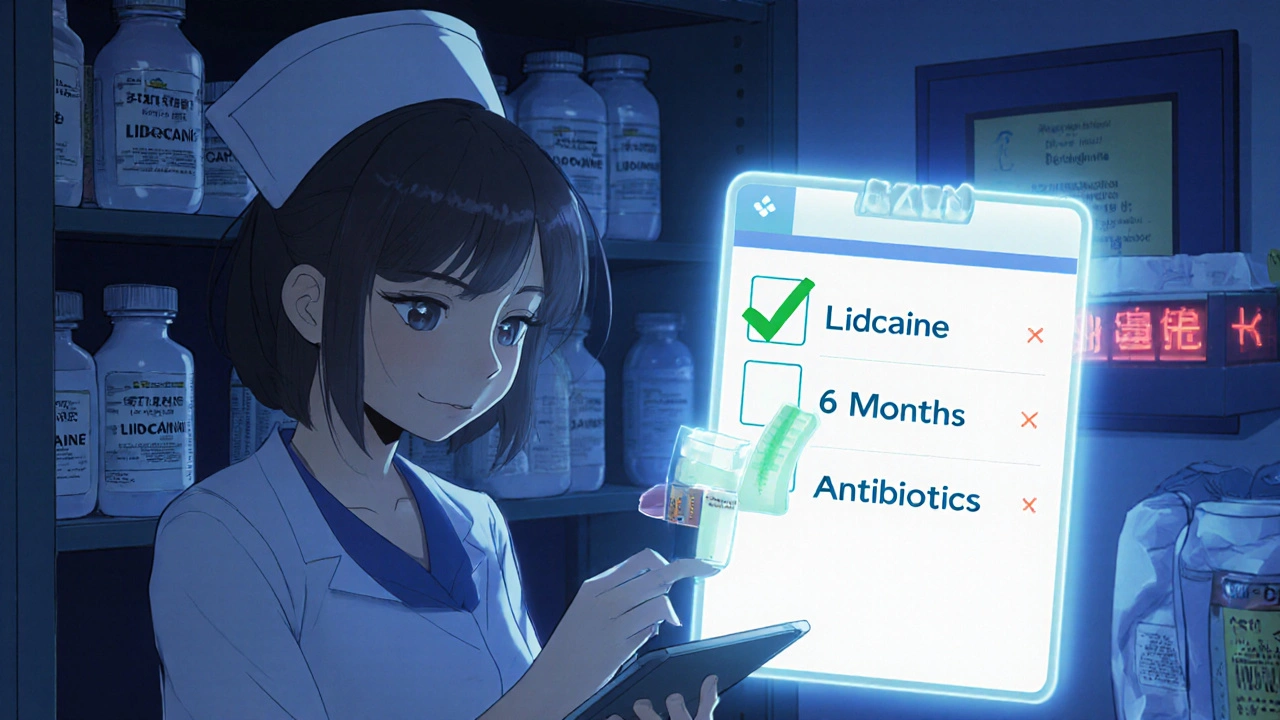
How to Start Bulk Buying Right
If you’re ready to save money, here’s how to begin:
- Identify your top 15 to 20 medications. Look at your prescription data. Which 10% of drugs make up 70% of your generic spending? That’s your target list.
- Compare suppliers. Get quotes from your current wholesaler and two secondary distributors. Ask: What’s the discount for 1,000 units? 5,000? Do you offer short-dated stock? What’s your minimum order?
- Start small. Pick one drug-maybe amoxicillin or metformin-and order a bulk batch. Track how it affects your inventory and cash flow.
- Set up a tracking system. Use a simple spreadsheet. Note expiration dates, order dates, and usage rates. Update it weekly.
- Scale up. Once you’ve got the rhythm, add more drugs. Aim to shift 40% to 60% of your generic spending to bulk channels over six months.
Most clinics see results in 4 to 6 weeks. The first month is learning. The second month is adjusting. By month three, you’re saving money consistently.
What’s Next for Bulk Purchasing?
The market is changing fast. PBMs are now rolling out point-of-sale discount programs that automatically apply bulk-negotiated prices at the pharmacy counter-no discount card needed. That’s a win for patients. It also means the old rebate game is getting harder to hide.
At the same time, the FTC is cracking down on price manipulation. There are 17 active investigations into drugmakers and distributors as of late 2023. That could force more transparency-and more honest discounts.
Long-term, experts predict consolidation. Smaller secondary distributors will merge. Primary wholesalers will start offering bulk discounts themselves. But the core truth won’t change: buying in volume still saves money. The question isn’t whether to do it. It’s how to do it well.
If you’re a clinic, a small hospital, or a state health program, bulk purchasing isn’t optional anymore. It’s how you keep care affordable. The savings are real. The system is complex. But with the right approach, you can cut your generic drug costs by a quarter-and still have the meds your patients need.
Can small clinics really save money with bulk purchasing?
Yes. Even small clinics can save 15% to 25% by focusing on high-volume generics like antibiotics, lidocaine, and metformin. Secondary distributors like Republic Pharmaceuticals offer bulk pricing with lower minimums than big wholesalers. One Texas urgent care center cut injection costs by 20% in two months by switching just 60% of their orders to bulk short-dated stock.
Are short-dated drugs safe to use?
Absolutely. Drugs with 6 to 12 months left on their expiration date are fully effective and safe. The FDA allows manufacturers to set expiration dates conservatively. Many drugs remain stable for years past their labeled date. The key is tracking inventory closely and using the oldest stock first. Clinics that manage this well report zero waste and 25% cost savings.
Why don’t all providers use bulk purchasing?
Three main reasons: cash flow constraints, fear of inventory waste, and lack of awareness. Many clinics can’t afford to pay for 5,000 units upfront. Others worry about expiring stock. And many don’t know secondary distributors exist. But with proper planning-starting small, tracking expiration dates, and using simple inventory tools-these barriers can be overcome.
Do rebates from PBMs actually lower patient costs?
Not always. PBMs negotiate rebates from drugmakers, but they often keep 30% to 50% of those savings. Only 50% to 70% typically reach the plan sponsor or patient. That’s why point-of-sale discount programs-where the discount is applied directly at the pharmacy-are becoming more valuable. They bypass the rebate middleman and give patients lower out-of-pocket costs right away.
What happens during a generic drug shortage?
During shortages, manufacturers stop offering bulk discounts. They prioritize large contracts and government programs. Small providers may struggle to get any supply. That’s why it’s critical to have multiple suppliers and not rely on just one source. Keep relationships with both primary wholesalers and secondary distributors. Rotate your top 5 most critical drugs across suppliers to reduce risk.
Will the Inflation Reduction Act change bulk purchasing?
Yes. Starting in 2026, Medicare will directly negotiate prices for 10 high-cost drugs each year, with savings projected at 38% to 79% off list prices. That will reduce the power of PBMs and manufacturers to inflate list prices just to offer fake discounts. Over time, this could make bulk purchasing more transparent and effective for everyone-especially small providers who’ve been left out of the rebate system.

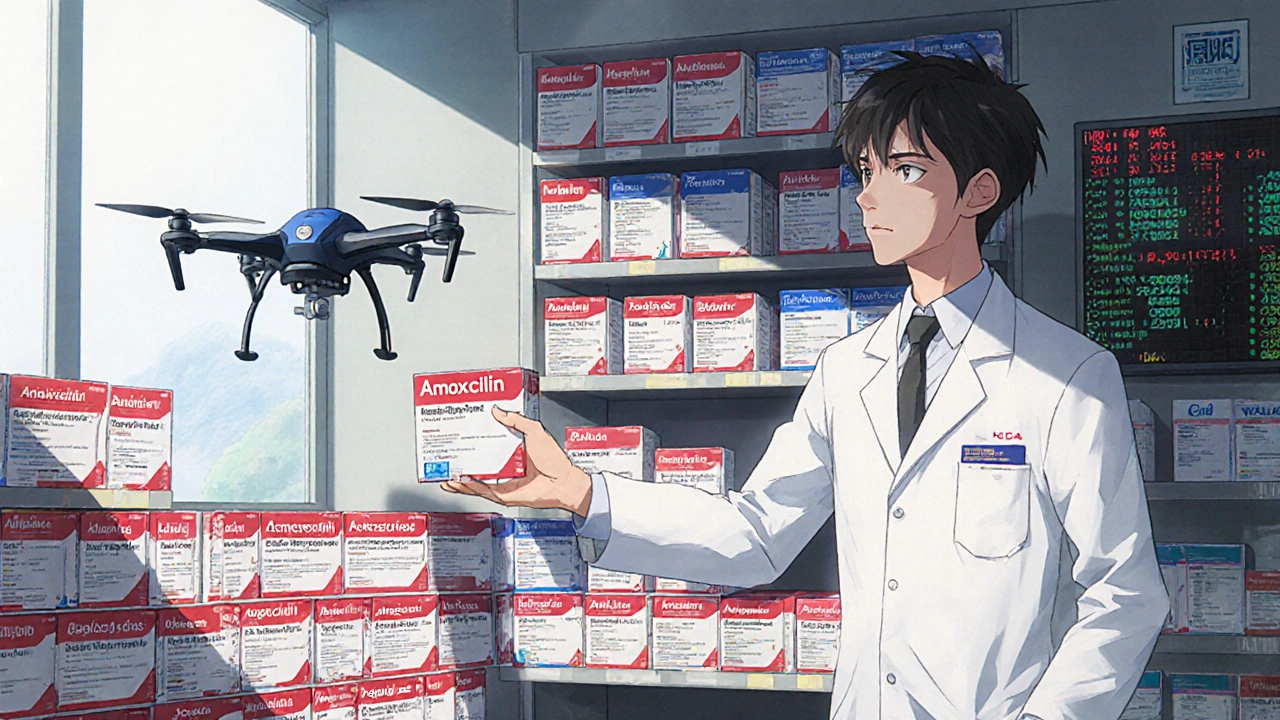
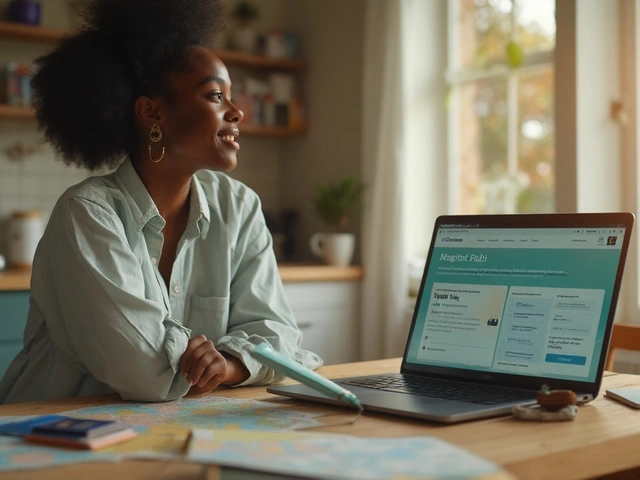
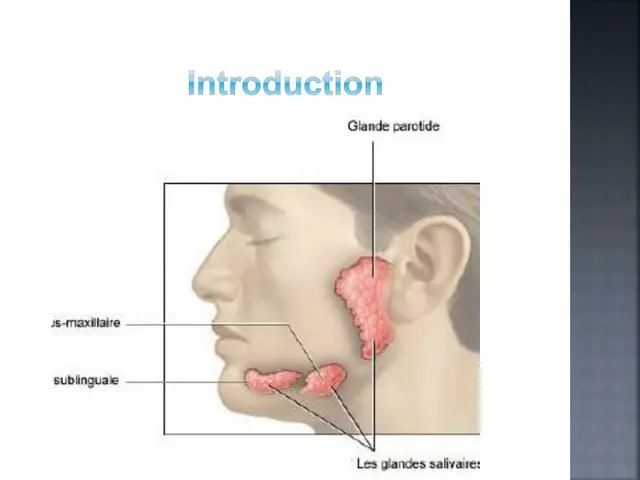
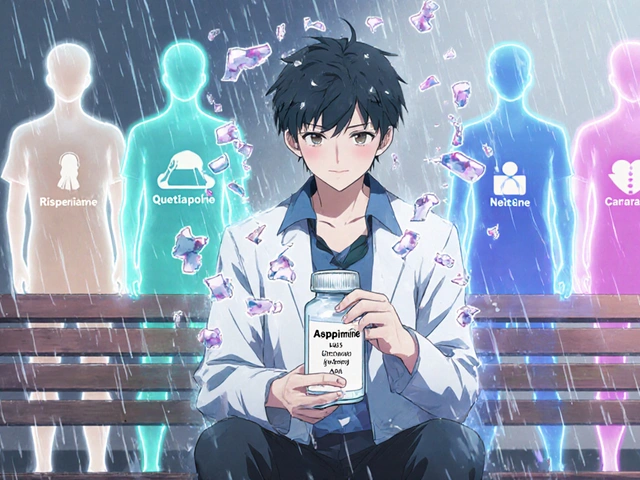
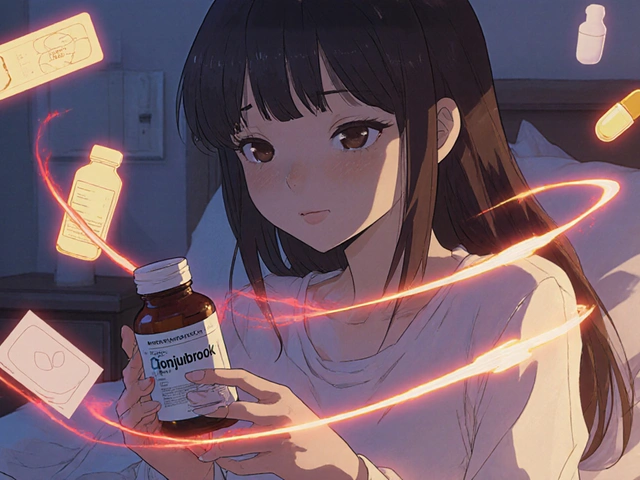
Julie Pulvino
November 24, 2025 AT 10:02Love this breakdown. I run a small urgent care in Ohio and we started buying short-dated lidocaine last year-saved us 22% without a single expired batch. Just track expiry dates weekly, use a free Google Sheet, and boom-you’re not just cutting costs, you’re keeping care accessible.
Patrick Marsh
November 24, 2025 AT 22:04Agreed. But don’t forget the admin overhead.
Miruna Alexandru
November 26, 2025 AT 21:53It’s not about bulk purchasing-it’s about systemic extraction disguised as efficiency. The PBM rebate black box isn’t a bug; it’s the feature. You’re not saving money-you’re participating in a market architecture designed to funnel capital upward while pretending transparency is the goal. The Inflation Reduction Act? A Band-Aid on a hemorrhage. Real reform would dismantle the PBM oligopoly, not tweak its discount schedules.
Meanwhile, clinics scramble over 18% savings on metformin while the real cost-corporate consolidation, supply chain monopolies, and regulatory capture-goes unchallenged. You call it ‘smart inventory management.’ I call it neoliberal triage.
And yes, short-dated stock is safe. But why are we normalizing the fact that pharmaceuticals are treated like overstocked seasonal goods? Because capitalism reduces everything to a commodity-even life-saving drugs.
Stop optimizing within the system. Start dismantling it.
Danny Nicholls
November 27, 2025 AT 05:23Y’all are killing it 😍 I just started using a secondary distributor last month and my boss is freaking out because we’re saving so much 💸 But honestly? The spreadsheet is a nightmare. I keep forgetting to update it and now I’ve got 3 vials of amoxicillin expiring in 45 days 😅 But hey-we’re down 19% already! Anyone else use a free app for this? I’m looking for something less ‘Excel 2007’ 😅
Robin Johnson
November 27, 2025 AT 19:48Start small. Pick one drug. Track it for 30 days. Then expand. That’s the playbook. No need to overhaul your whole system on day one. You’re not failing if you start with 500 units of metformin-you’re building momentum.
And yes, the admin work sucks. But compare it to the cost of running out of insulin because you didn’t plan ahead. That’s the real headache.
One clinic I worked with went from 12 hours of inventory work a month to 4 after they automated expiry alerts with a $20/month tool. It’s not about working harder. It’s about working smarter.
Daniel Jean-Baptiste
November 28, 2025 AT 19:57Been doing this for 4 years in rural BC and it works. Secondary distributors are gold. We buy 10k units of amoxicillin every quarter. Saved enough to hire a part-time nurse. No drama. No drama at all. Just good planning. Also expiration tracking? Use a red marker. Seriously. Just write the date on the box. Works better than any app.
And yeah PBMs are sketchy. But we don’t care. We don’t deal with them. We buy direct. Simple.
Ravi Kumar Gupta
November 29, 2025 AT 03:50Brooo!!! In India we don’t even have this luxury! We pay 10x for generics because pharma giants control the supply chain like a mafia! Here you guys are debating 20% discounts while we’re begging for ANY stock! This post made me cry-literally! You have power! Use it! Don’t just save money-fight for justice! 🙏🇮🇳
Rahul Kanakarajan
November 30, 2025 AT 03:01Wow. So you’re proud of saving 20% on antibiotics while the system robs patients blind? Pathetic. You’re not a hero-you’re a complicit middleman. You think buying short-dated stock makes you clever? You’re just delaying the inevitable collapse of a broken system. Stop pretending efficiency fixes morality.